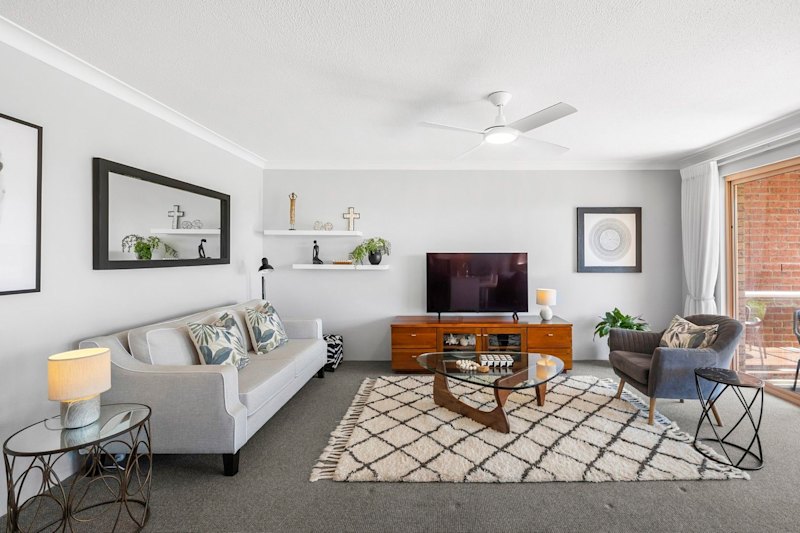How to choose the perfect sofa for your home
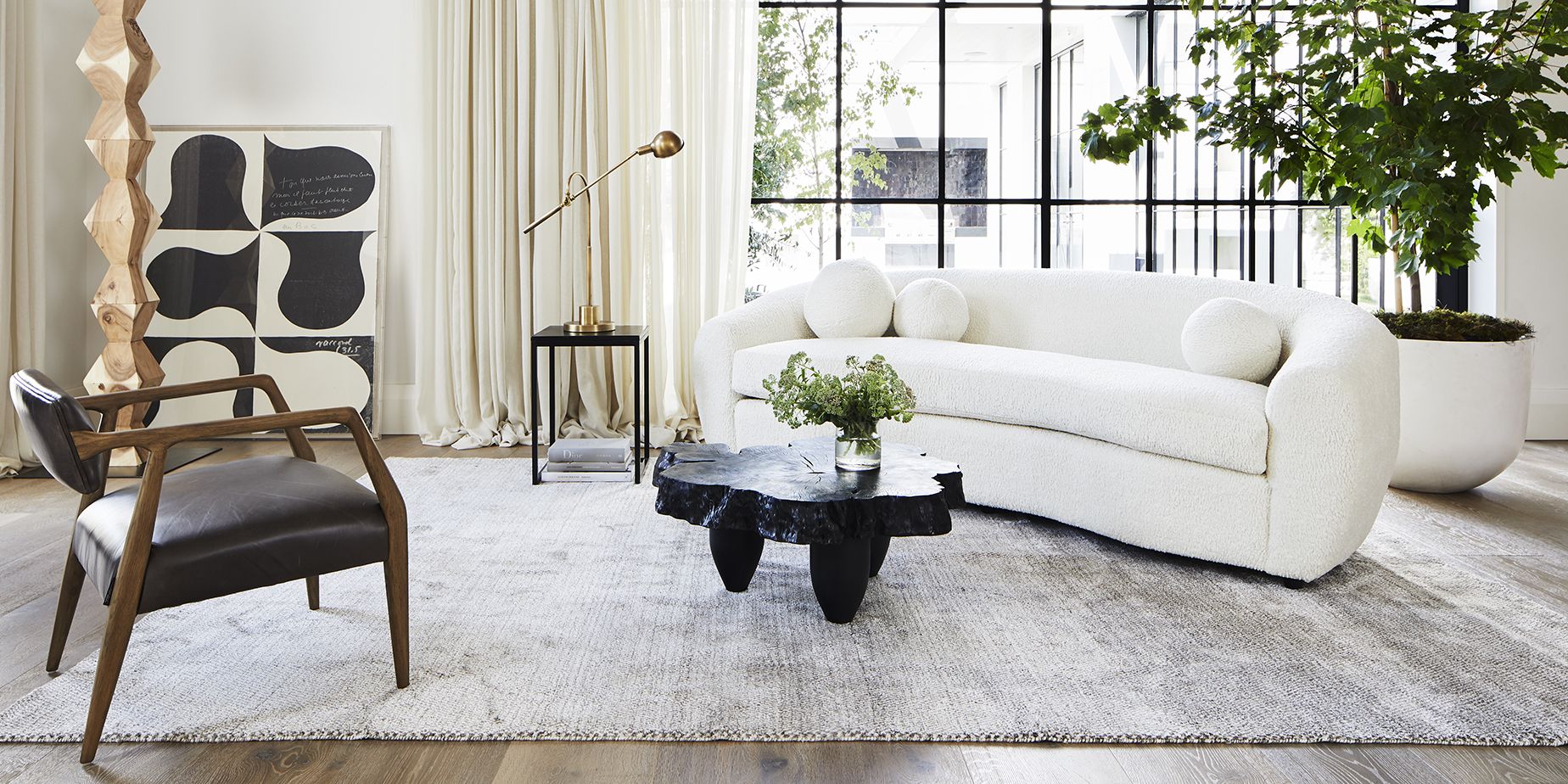
Buying a sofa is a huge investment for any home owner. On the road to making a decision, you need to take into account durability, comfort and aesthetics to ensure the choice will suit your lifestyle – now and well into the future.
The following advice from stylists and interior designers details how to choose the perfect sofa for your home including tips on size, shape, placement and styling.
Space and aesthetics
Before stepping foot into a furniture store, start by examining your home’s existing style and the amount of space you have to work with.
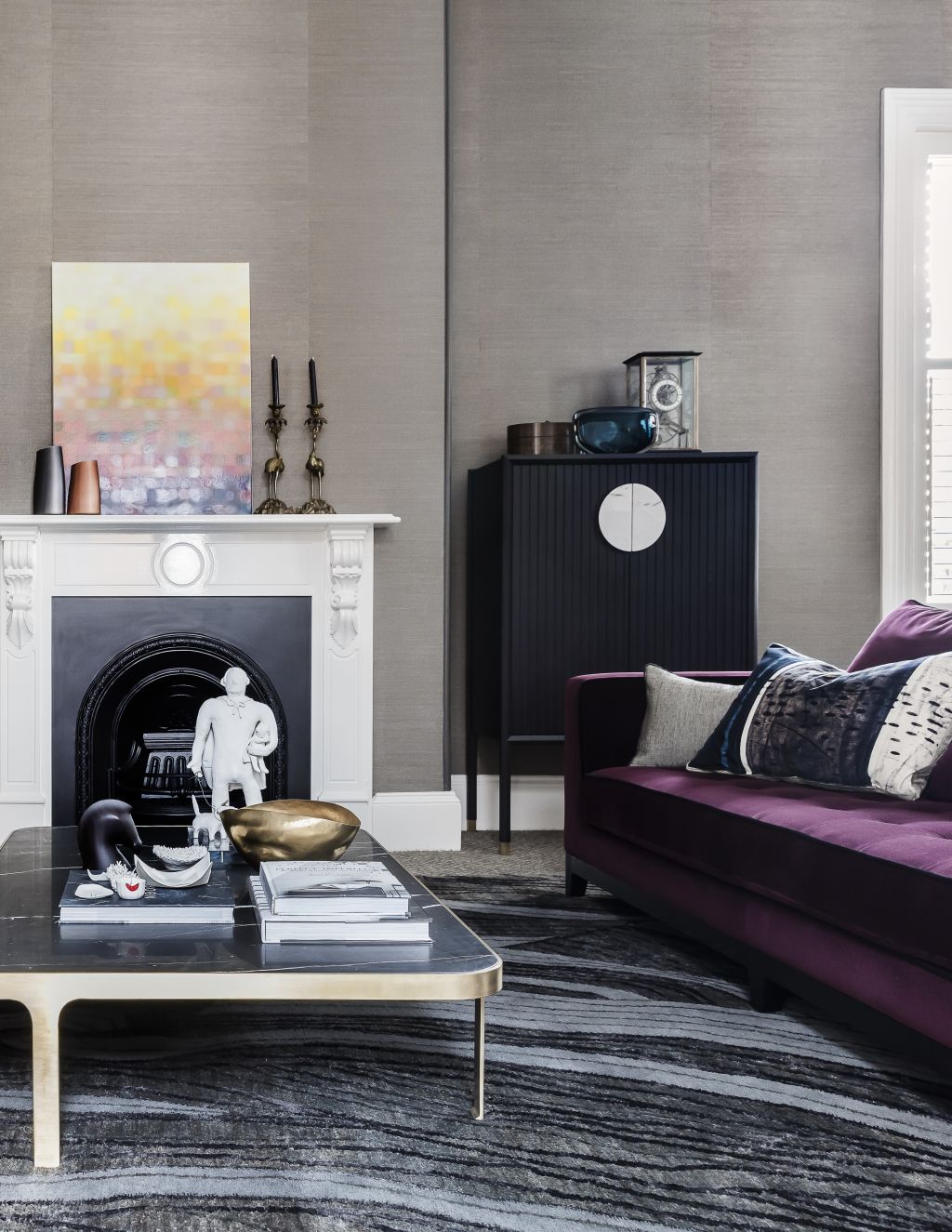
Principal of Hare + Klein Meryl Hare approaches this step by drawing up a living room floor plan, taking into account the circulation space and focal points such as the television, view or fireplace. This floor plan will determine where the sofa will most comfortably sit and how users can move throughout the room.
Then look to your home’s architecture for inspiration on what style will be most appropriate. An ideal sofa will fit in with your home’s existing interior scheme while also adding to the overall ambience.
“The existing style of your home needs to be considered. Is your style modern, contemporary, classic, industrial or art deco? For cohesion, choose a sofa that will complement your architecture and interior aesthetic,” Anthony Spon-Smith, creative director of Coco Republic and Max Sparrow says.
Fabric and colour
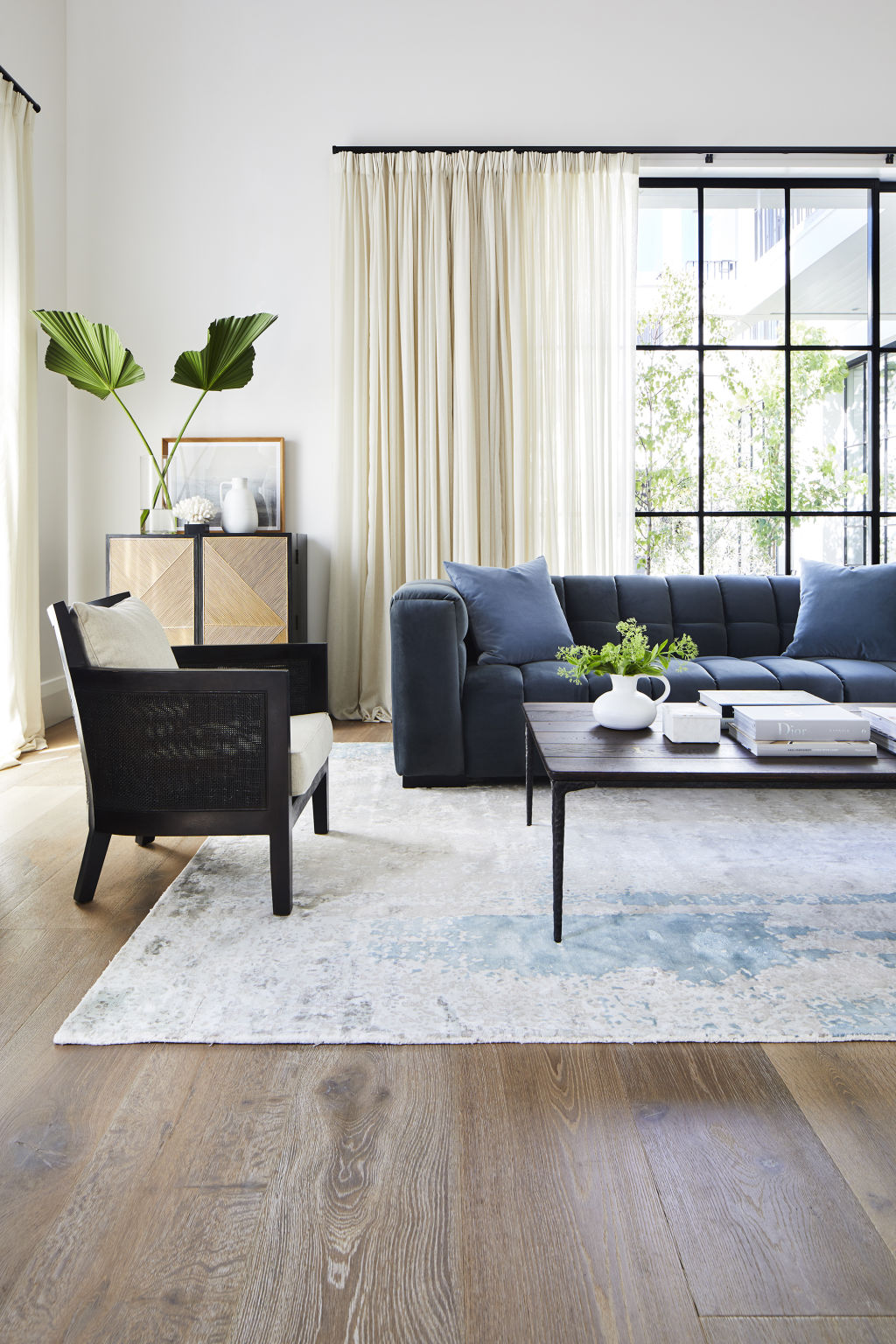
The best fabric for your sofa is dependent on its intended purpose and your lifestyle.
“Think about how you plan to use the sofa on a daily basis as well as when you are entertaining,” Alisia Harrison, director of Harrison Interiors says. “How many people do you intend to seat, will you want to stretch out, and do you need flexibility for when guests are over?”
Once you have established how your sofa will be used, you can then focus on the colour and fabric.
Families or households with pets are advised to opt for leather or stain-resistant synthetic-covered sofas that are robust and easily cleaned.
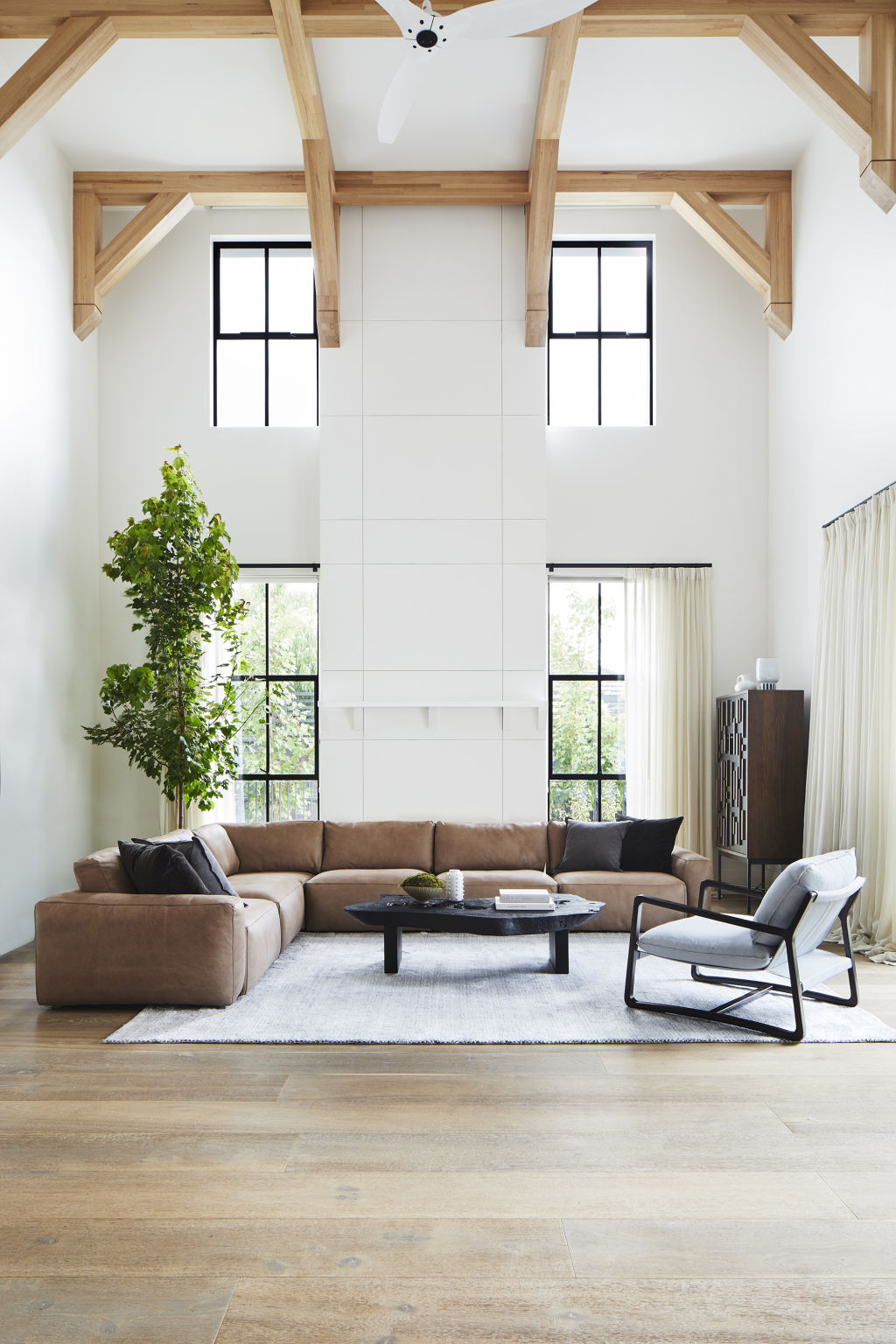
“Max Sparrow has a wide selection of sofas and modulars upholstered in performance fabrics that are virtually unstainable. Any stains can be cleaned with simple household cleaners. Gone are the days where white fabric sofas were out of the question when young children or pets are around,” Spon-Smith says.
Harrison says: “If it’s a sofa that’s used occasionally, you may want to select a more luxurious fabric like a pure linen or velvet.”
For those wary of experimenting with colour, save this for any accessories and instead opt for a neutral shade of grey, charcoal or beige. These classic colours are less likely to date, which is important for a purchase that will likely be in your home for at least 10 years.
Design and shape

Comfort, space and lifestyle are all factors that come into play when deciding on the ideal shape of your sofa.
For those seeking a style to suit a large and heavily used room, a modular sofa is ideal as this can comfortably sit the whole family and be rearranged over time.
Spon-Smith recommends the Soren modular sofa by Estancia Leather Co, which is sold in sections allowing its size to be tailored to any space. This style also has an optional ottoman to facilitate bed-like reclining.
For smaller spaces, Harrison suggests a sofa raised up on legs that helps create a lightweight “floating” feeling.
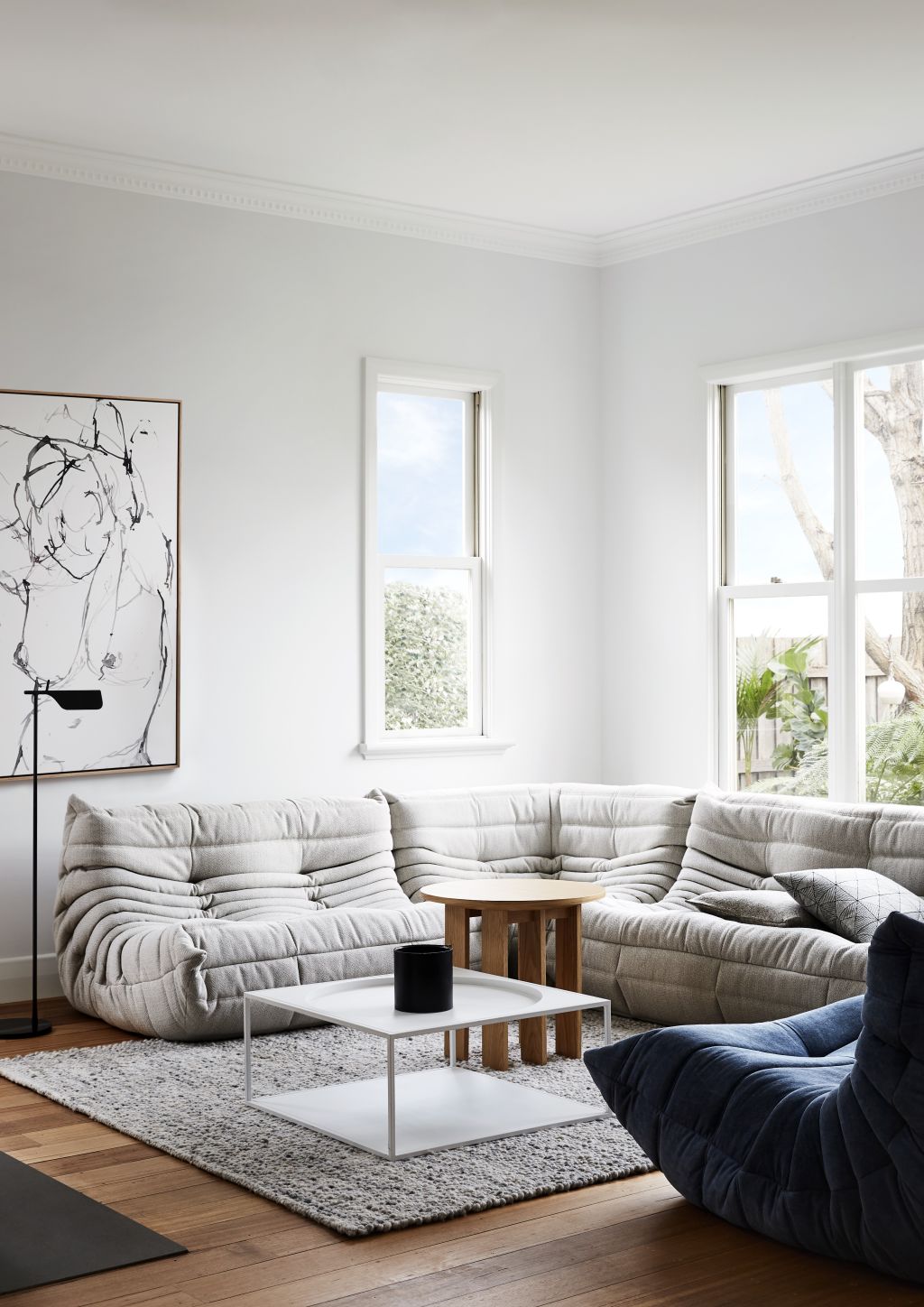
Designers encourage being more experimental with a sofa when styling occasional rooms or adult-only homes. Spon-Smith suggests the Atelier sofa, a showstopper in textured lambswool upholstery, as suitable for couples or style-conscious people who love European-inspired design.
“With curved form, this three-seater will add interest in a space balancing straight lines from architectural features such as windows and fireplaces or even other furniture pieces like a rectangle coffee table and rug,” he says.
At the crux of deciding on a sofa style is comfort, which will differ for everyone.
“Some like to slouch, others to sit upright,” Hare says. “It’s important to do the ‘sit test’.”
Styling
A living area isn’t complete until a sofa has been styled with accessories and other furniture items.

While it’s common for stores to sell complete lounge suites designed to furnish an entire room at once, interior designers recommend choosing contrasting armchairs from different collections to complement
a sofa.
“I have never specified a lounge suite in my work,” Hare says. “It’s too boring and I think it’s important to have different seating choices in a room. Some people have difficulty extracting themselves from low slung sofas and prefer a more upright chair.”
If your sofa is relatively conservative, armchairs provide the perfect opportunity to inject some colour and character into the room.
“You have the opportunity to add another dimension to the space by selecting an armchair with a different proportion, leg detail or colour. With armchairs you can really go wild and add some personality and impact to a space,” Harrison says.

Spon-Smith suggests pairing two sofas with feature armchairs in contrasting upholstery.
“If you opt for a dark leather sofa, complement the scheme with light fabric armchairs. Similarly, a fabric sofa can be paired beautifully with timber or leather occasional chairs.”
Finish the room with accessories such as cushions and throws, remembering that less is often more.
“Take a lesson from the top interior stylists and never over-style,” Spon-Smith says.
We recommend
We thought you might like
States
Capital Cities
Capital Cities - Rentals
Popular Areas
Allhomes
More







